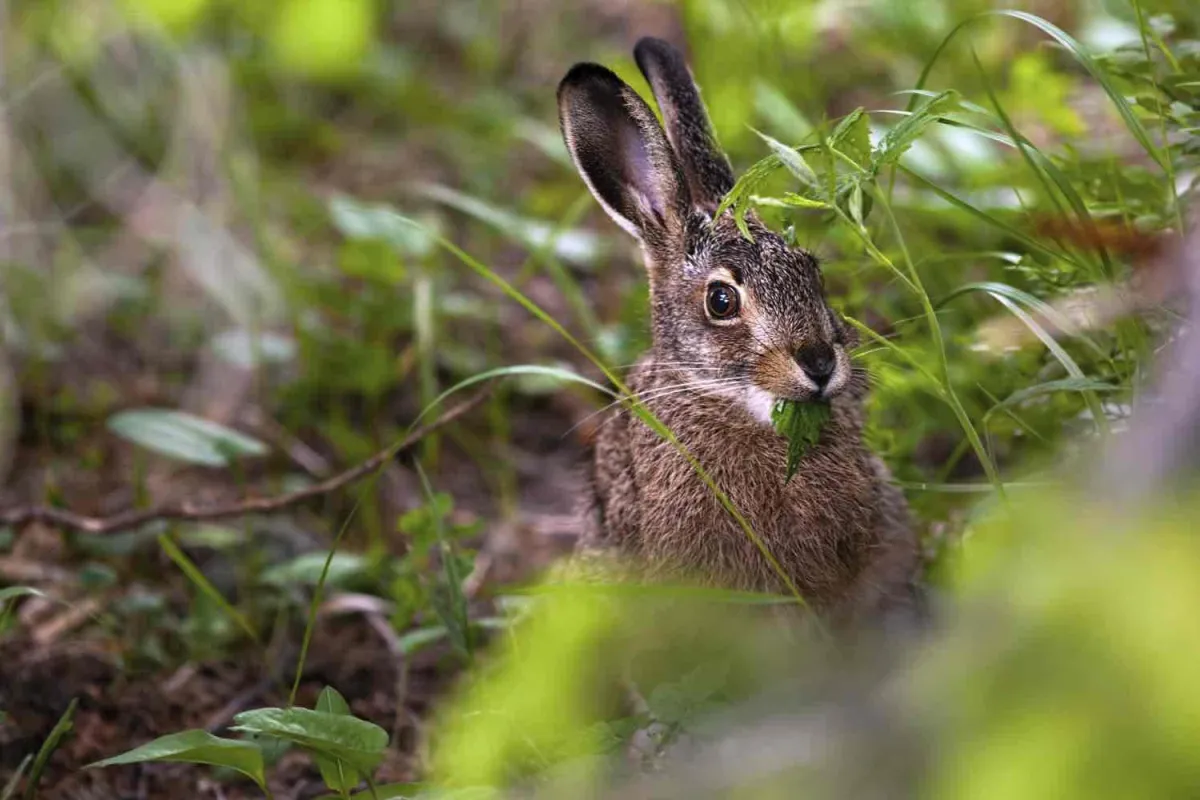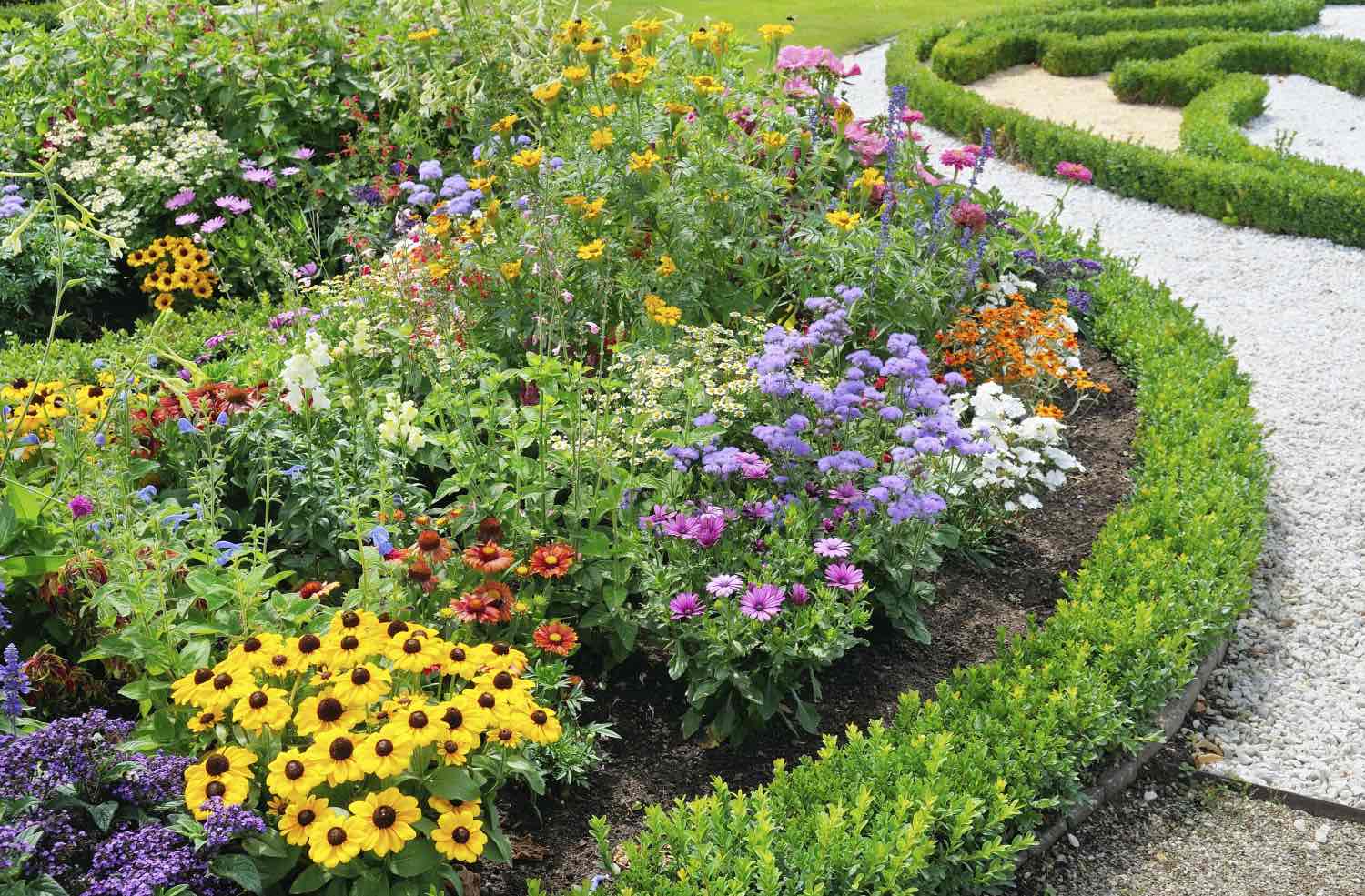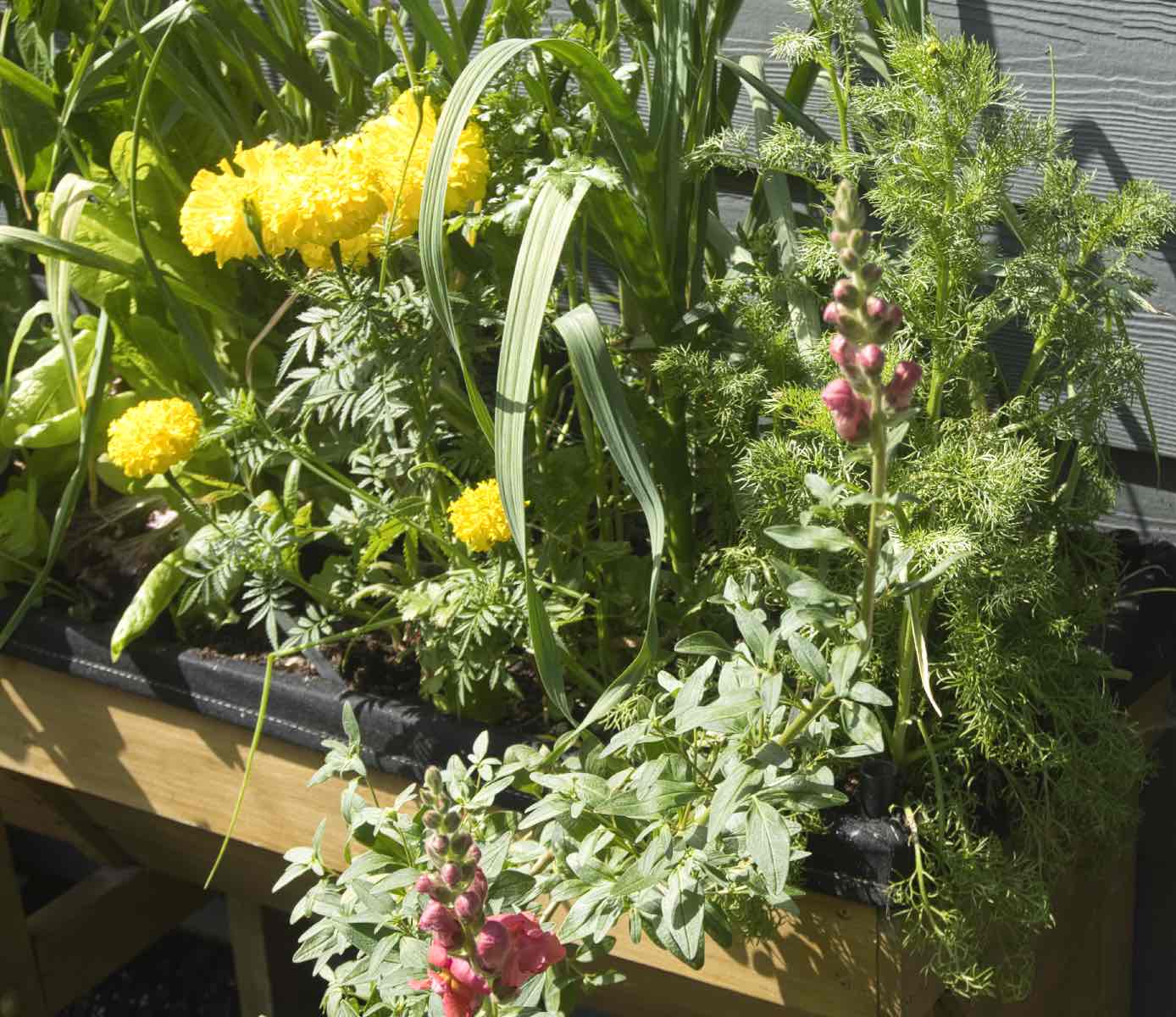
A Gardener's Strategy: Managing Rabbit Presence in Your Garden
"The most important thing to a rabbit is his garden." - The New Adventures of Winnie the Pooh
Who doesn’t love a cute, fuzzy bunny? As a young girl, I longed for a long-eared rabbit for a pet, but never got the chance to own one. However, when it comes to gardening, those cute little bunnies can cause significant damage, and replacing plants can be costly.
When I asked what my next blog topic should cover, preventing bunnies from entering the garden was at the top of the list. My neighborhood is full of bunnies, and it can be so frustrating to see them feast away on all the plants you grew and nurtured to feed your family.
Let me first state that there is no foolproof method for keeping bunnies at bay. I can only provide helpful information that may help deter bunnies from eating your garden. Keeping that in mind, let’s dig in.
Plant a native garden
Instead of trying to fight the bunnies, this approach involves embracing them by planting an abundance of native plants. Creating a native garden is one way to “defend” against bunnies from eating your garden. It provides plenty of other meal options, so they stay clear of your garden beds. In addition to feeding the bunnies, it also draws in pollinators and birds, providing an excellent ecosystem for your garden.
Where to plant the native garden
Planting a native garden along the perimeter of your vegetable garden provides numerous food sources for wildlife while also masking some of the scents from your vegetable garden. The other recommended place is to plant the native garden in areas where the bunnies tend to frequent the most. For instance, in my yard, bunnies and other creatures enter through a specific section along my fence. If I build a food source there, there will be no need to venture over to my vegetable garden.

What native plants do bunnies like to eat
Bunnies love a variety of wild flowers and grasses. Some of their favorites include black-eye susans, coneflowers, and asters. They also love sunflowers and zinnias, as I found out this year the hard way. Wild strawberries, blackberries, and raspberries are another good food source for them.
In addition to the wildflowers and herbs, they also enjoy consuming popular native shrubs, such as oregon grape, salmonberry, and red-flowering currant.
Establish protective boundaries within your garden space
To deter garden pests like rabbits, deer, and snails, create a defensive plant layer of fragrant herbs and flowers around your garden's border. Herbs like sage, rosemary, oregano, and thyme repel pests, while flowers attract beneficial insects. Marigolds are essential for repelling insects that impact fruiting plants. Bunnies will eat the flowers; however, the plant is resilient and can recover from this damage. Petunias repel aphids, squash bugs, and tomato hornworms, and bunnies also enjoy snacking on them. Both deer and rabbits dislike geraniums due to their smell and leaf texture. Plant enough herbs to surround your garden, along with flowers, to protect your prized vegetables. This layer also forms a culinary garden with all your favorite spices for cooking.

Garlic and onions are an excellent choice for protecting your vegetables from bunnies. Rabbits do not like the smell of garlic, so tucking in garlic amongst your crops will mask the scent of the other plants they would typically want to nibble on.
Add some visual deterrents in your garden
Try hiding a couple of rubber snakes in your garden to help defend against bunnies. Snakes, as well as owls, are natural predators that can help scare off rabbits.
Garden fencing and cloches
Another method for keeping rabbits and larger pests out of your garden is to block them from entering or covering prized plants.
The first option is to add a tall chicken wire critter fence* around the perimeter of your garden. I especially like the six-panel option that Garden Supply offers. It provides you with the flexibility to create a fenced perimeter around your garden, or can be placed directly in the garden bed. If you need to expand it to a larger dimension, you can purchase additional panels separately.
My second option is the CritterGuarde and is available at Home Depot. This wire and wood-paneled fencing is an excellent option for a raised garden bed, and tall enough for bunny-proofing and other small pests.
When selecting a fencing option, look for slots that are 1.5 inches or less; an adult rabbit can slip through a two-inch space, and babies only need one inch of space. That is why chicken wire is a preferred barrier for many gardeners. Just purchase some t-posts and cable ties to attach the chicken wire, and makes for an easy afternoon DIY project.
Lastly, another option is to cover the individual plants that attract rabbits the most using a cloche. Gardening cloches* are typically sold in packs of 6 and come in a variety of sizes. They allow you to cover your more edible plants, protecting them against pests. Cloches is an excellent option for protecting your leafy greens and some of your more tender plants when they are just starting to grow.
In Closing
Dealing with bunnies in the garden can be a challenge, but with a combination of strategies, you can significantly reduce their impact. Remember, creating a welcoming native habitat, establishing a strong defense line of fragrant herbs and flowers, using visual deterrents, and implementing physical barriers like fencing or cloches are all valuable tools in your gardener’s arsenal. While no method is foolproof, employing a multi-faceted approach will give your precious plants the best chance to thrive.
Every garden is unique, and what works for one person might not work for another. If you’re still struggling to keep those adorable but destructive bunnies at bay, or if you’re looking for personalized advice tailored to your specific garden, consider a garden consultation or coaching session. I offer personalized support to help you create a flourishing garden, free from pesky intruders. Together, we can develop a plan that addresses your garden’s unique needs and enables you to enjoy a bountiful harvest.
*Please Note: As an Amazon Associate, I earn a small commission from qualifying purchases.
